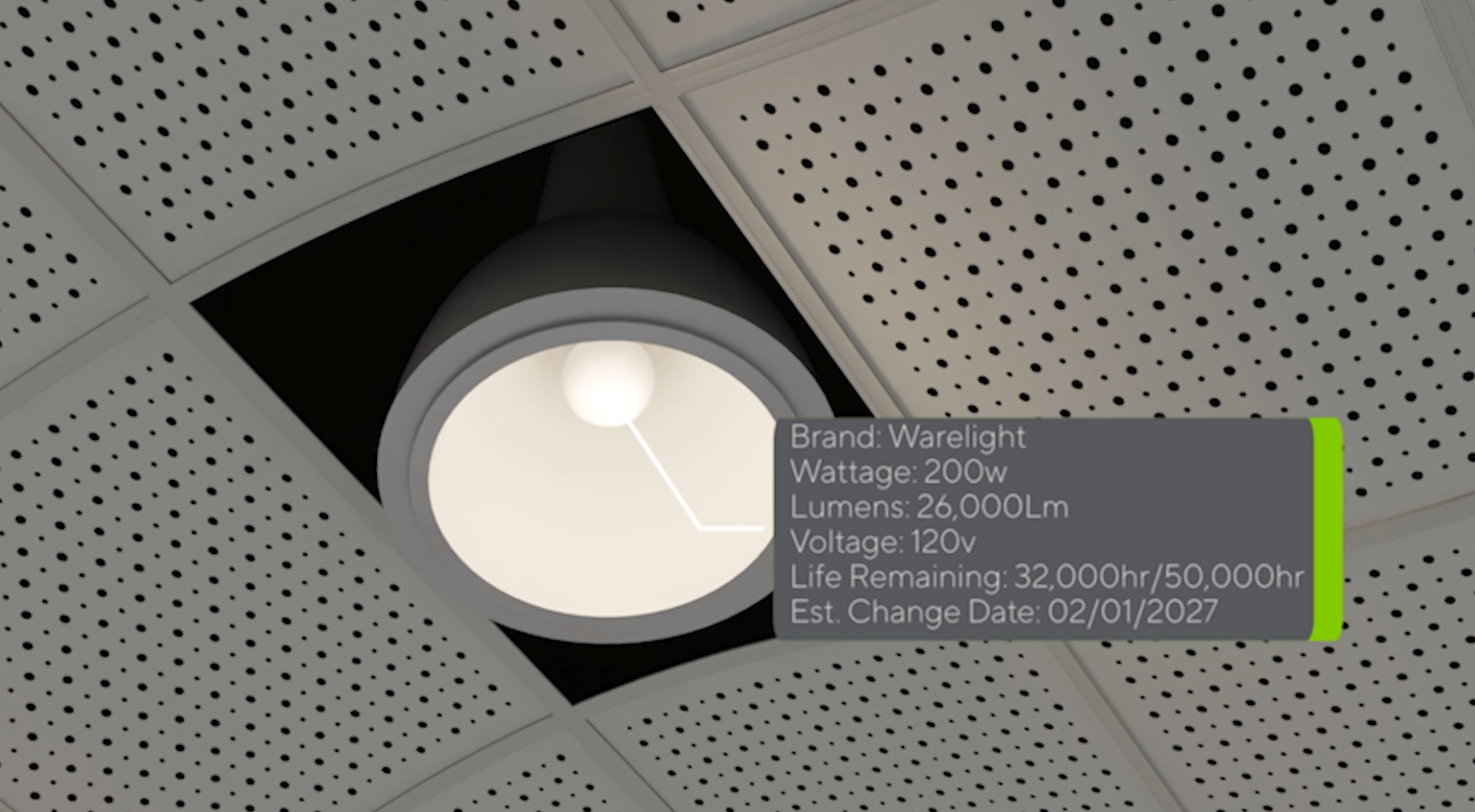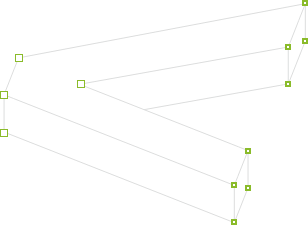Operational Digital Twins: The Future of BIM
Operational Digital Twins (ODTs) are real-time, virtual representations of physical structures and the individual assets within those structures. They leverage data from sensors to provide a current, accurate state of these assets, enabling businesses to predict maintenance, optimize operations, and boost efficiency. Understanding ODTs begins with recognizing their key features and the transformative impact they can have on asset management.
Understanding Operational Digital Twins

What exactly is an Operational Digital Twin? An ODT is a 3D computer replication of a building asset that can be viewed from multiple positions and holds data about the features and/or objects within the structure. They go beyond traditional methods, offering predictive capabilities that improve the assets efficiency in providing rich data analysis from a desktop or tablet.
"An Operational Digital Twin is a computer replication of your structure from inside and out," said Ken Smerz, ZELUS CEO. "That can be used for your day-to-day operations, training, asset tagging, financial understanding, simulations, and maintenance. We can use the ODT to see that a single lightbulb might be near the end of its 10,000 hours and needs to be changed soon. Now apply that information to 100 light bulbs, 1,000 light bulbs, and beyond light bulbs - 10,000 different assets all feeding their own real-time information into this single model. Data from ODT’s can be turned into valuable financial analytics."
How ODTs Work: Real-Time Data Integration
The most compelling aspects of ODTs is their ability to integrate real-time data from various sources like IoT sensors and SCADA systems. This continuous data flow ensures the digital twin accurately reflects its physical counterpart.
By continuously monitoring structures through sensor data, ODTs can also aid in the timely detection of maintenance requirements, ensuring the longevity and reliability of physical assets. In manufacturing, live-feed data integration helps monitor production lines, detect anomalies, and predictive maintenance needs, reducing downtime and improving efficiency. Similarly, in infrastructure, they monitor the health of bridges and tunnels, providing early warnings for structural issues.
This real-time visibility transforms operations, enabling businesses to not only react to changes but also anticipate them. This results in organizations empowered to make data-driven decisions in real time, enhancing overall operational efficiency and cost savings through reduced downtime.
Lifecyle Applications of ODTs
Operational Digital Twins bring value across every phase of an asset's lifecycle, from initial design to renovations, making operations smoother, more efficient, and cost-effective. While they shine in the operations and maintenance phases by mitigating disruptions and improving efficiency, their impact starts well before and continues long after a building is constructed.
Design Phase
ODTs empower designers with advanced simulation and modeling capabilities, enabling them to test various design scenarios virtually before construction begins. For example, when designing a semiconductor manufacturing facility, designers can simulate cleanroom airflow to ensure optimal particle filtration and energy efficiency. By testing different HVAC configurations, equipment layouts, and pressure gradients virtually, the ODT helps identify and resolve issues before they arise. This approach not only ensures cleanroom performance meets strict standards but also reduces costs by avoiding physical prototypes and accelerates decision-making with clear, data-driven insights for stakeholders.
Construction and Commissioning Phase
Precision and real-time insights make ODTs invaluable during construction and commissioning. Picture a data center under construction: drones scan the site daily, and the ODT compares these scans with the digital model, flagging errors like misplaced conduit or incomplete flooring. During commissioning, the ODT validates HVAC, power, and cooling systems, identifying issues like a miscalibrated cooling unit before they become costly problems. With actionable insights, teams can quickly adjust, ensuring the facility is operational on time and to spec.
Operations and Maintenance Phase
When it comes to daily operations, ODTs are game changers. They monitor systems like HVAC, lighting, and plumbing in real time, predicting maintenance needs and preventing unexpected failures. Imagine a smart office building where the ODT identifies an energy spike, traces it to a malfunctioning equipment component, and schedules a replacement before it breaks down. This proactive approach reduces costs, extends asset lifespan, and ensures occupant comfort with consistent environmental monitoring.
Renovations and Upgrades Phase
When it’s time to upgrade, ODTs simplify the process with accurate as-built documentation and real-time asset data. Take a hospital upgrading its HVAC system—the ODT simulates the impact of proposed changes, ensuring new components integrate seamlessly with existing infrastructure. By visualizing upgrades virtually, teams accelerate timelines and avoid disruptions all while optimizing the facility’s performance for the future.
Applications Across Industries

The versatility of Operational Digital Twins means they can be applied across a wide range of industries, each benefiting uniquely from this innovative technology. From manufacturing and smart buildings to infrastructure, energy, semiconductor, and healthcare, ODTs are transforming how business operations are managed and optimized. The ability to provide real-time monitoring and performance optimization makes ODTs invaluable in these sectors.
"It depends on what you want to achieve with these models," says Ken. "Most of that will be driven by the type of industry you're in, whether its semiconductor, data centers, automotive, energy, or retail. You're going to have unique nuances to your business, but the transformative potential remains the same."
In manufacturing, ODTs monitor production lines, ensuring optimal machine performance and reducing waste. Manufacturers can optimize production processes, reduce waste, and ensure optimal machine performance.
In smart buildings, they can manage HVAC and lighting systems to improve energy efficiency and occupant comfort. In semiconductors, an industry where precision, efficiency, and quality are critical, ODTs enable live monitoring of production processes, cleanroom conditions, and equipment performance ensuring every stage of wafer manufacturing adheres to optimal parameters.
Infrastructure applications include monitoring the structural health of bridges and tunnels, while in the energy sector, ODTs optimize power grid operations and manage renewable energy sources. These digital twins can simulate energy systems to forecast consumption and optimize resource usage, ensuring that energy is used efficiently and sustainably.
Summary
Operational Digital Twins are not just tools; they’re a shift in how businesses operate. By integrating real-time data, predictive analytics, and advanced simulations, ODTs empower organizations to make smarter decisions, reduce downtime, and enhance efficiency.
As Ken Smerz puts it, "The ROI on this digital twin technology is immense. There should never be another structure built without the use of these models. This is the future: where the construction model evolves into the ODT, adding value throughout the asset's lifecycle."
As businesses continue to face increasing competition and complexity, the need for innovative solutions like Operational Digital Twins will only grow. Embracing this technology is not just a smart move—it’s a strategic step toward staying competitive in a rapidly changing world.



